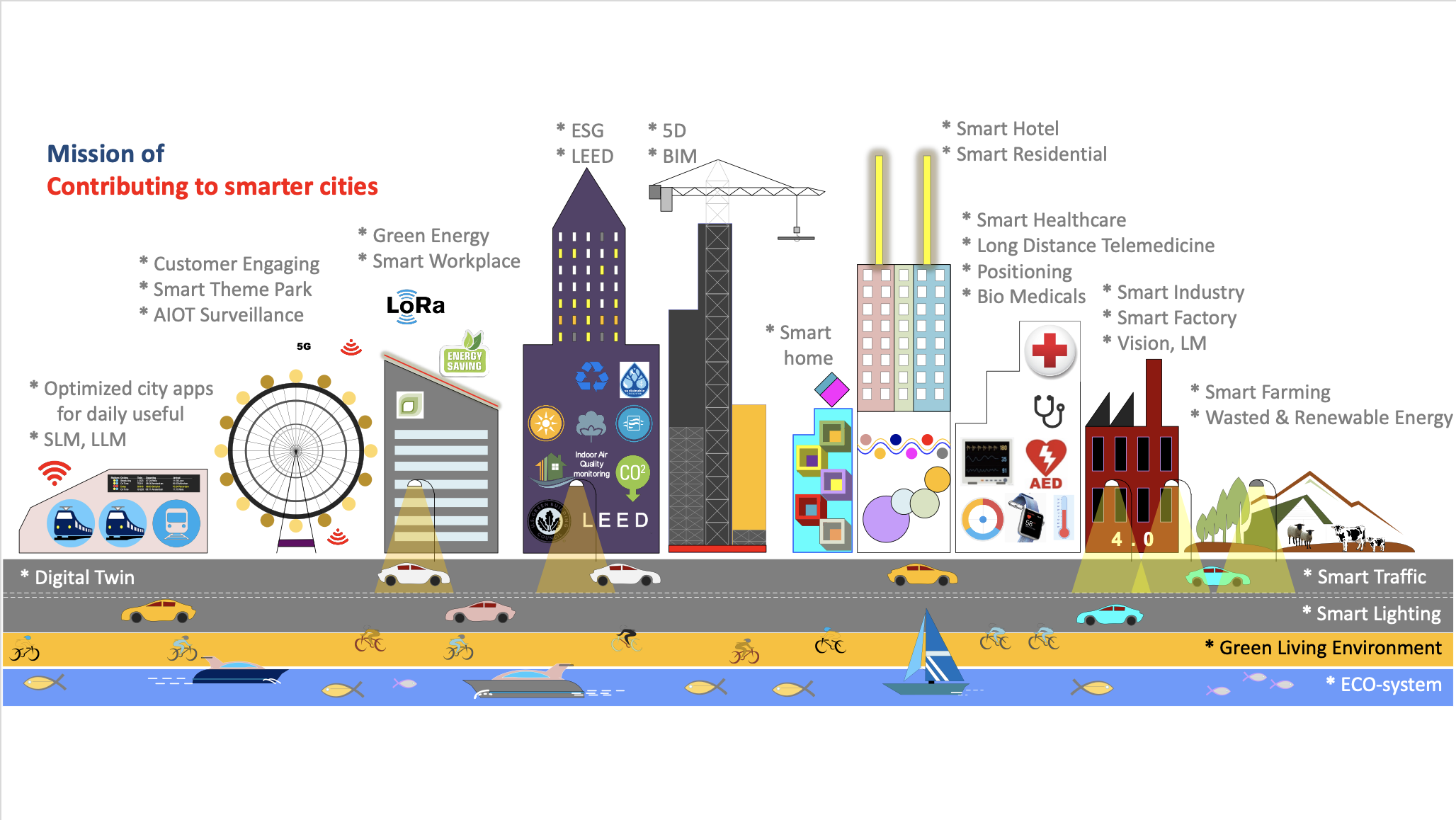
In today's rapidly evolving world, the concept of "smarter cities" has become an essential part of our collective vision for the future. A smart city is one that leverages technology, data, and innovation to improve the quality of life for its residents, enhance sustainability, and create a more efficient urban environment. As we move towards this future, each of us has a role to play in contributing to the growth and development of smarter cities.
1. Harnessing Technology for Urban Efficiency
The foundation of a smart city lies in the effective use of technology. From the Internet of Things (IoT) to artificial intelligence (AI), data analytics, and smart infrastructure, technology enables cities to function more efficiently. Smart traffic management systems, for instance, can reduce congestion and enhance road safety, while automated waste management solutions can help reduce pollution and increase recycling efforts. By embracing new technologies, we can create a seamless urban experience, optimizing resources and reducing waste.
2. Promoting Sustainability
One of the most critical aspects of smart cities is their focus on sustainability. By using renewable energy sources, such as solar and wind, cities can reduce their carbon footprint and reliance on fossil fuels. Additionally, smart buildings, which use sensors and data analytics to optimize energy usage, can significantly reduce energy consumption. Sustainable urban planning is also a key component of smarter cities, from green spaces to eco-friendly transportation options, all of which help improve the quality of life for residents while protecting the environment.
3. Enhancing Mobility and Connectivity
Smart cities are built on seamless connectivity, and mobility is a major area of focus. By developing integrated public transportation systems that use real-time data, cities can improve traffic flow and provide residents with more efficient travel options. Additionally, innovations like shared mobility services (e.g., bike-sharing, car-sharing) and electric vehicle infrastructure contribute to reducing urban congestion and promoting eco-friendly travel.
4. Empowering Citizens with Data and Participation
A true smart city empowers its residents by providing them with access to data and enabling them to actively participate in shaping the city's future. Open data initiatives allow citizens to make informed decisions about their neighborhoods, from energy consumption patterns to local events. In addition, platforms that encourage civic engagement can create more transparent governance and foster a sense of community. By making data accessible and encouraging public involvement, cities can become more responsive to the needs of their residents.
5. Creating Smart Infrastructure
The backbone of a smarter city is its infrastructure. Smart grids, efficient water management systems, and waste disposal solutions are all part of the technological ecosystem that ensures a city operates at its best. By integrating sensors and communication systems into the infrastructure, cities can monitor and manage resources in real time, identify issues, and implement solutions quickly. For example, smart street lighting systems that adjust based on traffic patterns or weather conditions can save energy and improve safety.
6. Collaboration Between Stakeholders
Building a smart city requires collaboration between various stakeholders, including government agencies, private companies, academic institutions, and citizens. Governments must create supportive policies, regulations, and incentives that encourage innovation and investment in smart city technologies. Private companies bring expertise and resources to develop solutions, while academic institutions can provide research and development to drive further progress. Finally, citizens' involvement is key, as their feedback and active participation help ensure that the city's development meets the needs of its people.
7. Fostering Innovation and Continuous Improvement
Smarter cities are dynamic, constantly evolving with new technologies and ideas. To stay ahead, cities must foster a culture of innovation, encouraging research and development in urban technologies, green solutions, and social initiatives. By creating an environment that supports creativity and experimentation, cities can continually improve their services and infrastructure, adapting to the ever-changing needs of the urban population.
Conclusion: Building the Cities of Tomorrow
Contributing to smarter cities is a collaborative effort that requires individuals, businesses, and governments to work together. By leveraging technology, promoting sustainability, improving mobility, and empowering citizens, we can create cities that are more efficient, livable, and environmentally friendly. The future of urban living lies in our ability to innovate, adapt, and work collectively to build smarter cities that benefit everyone.